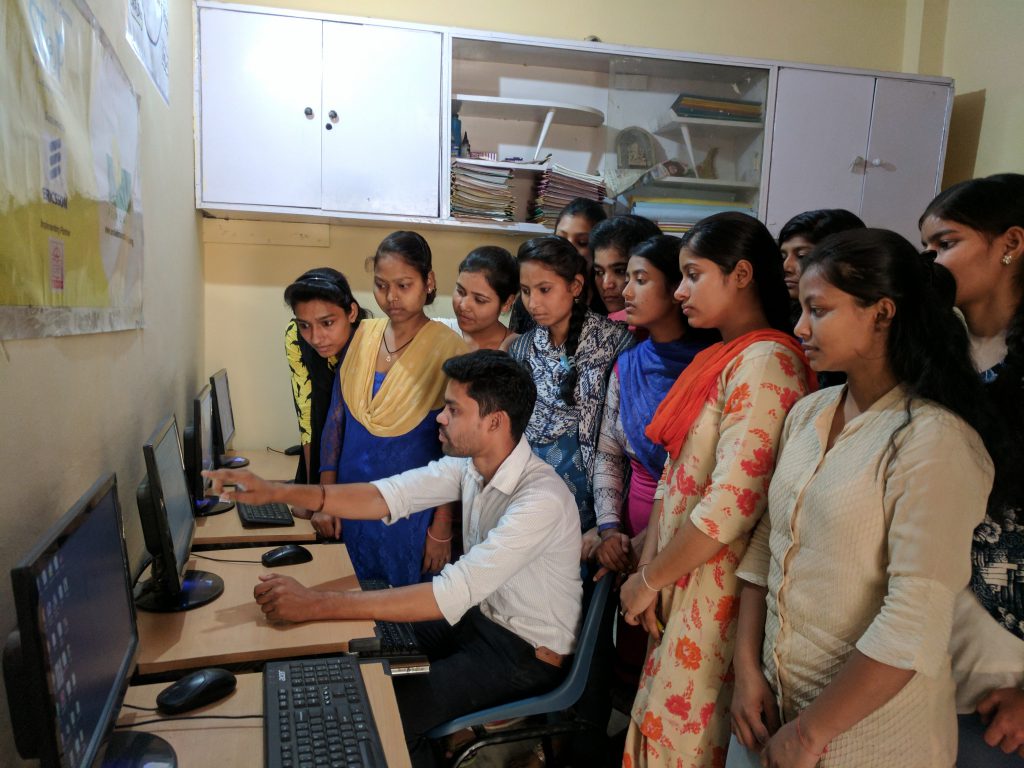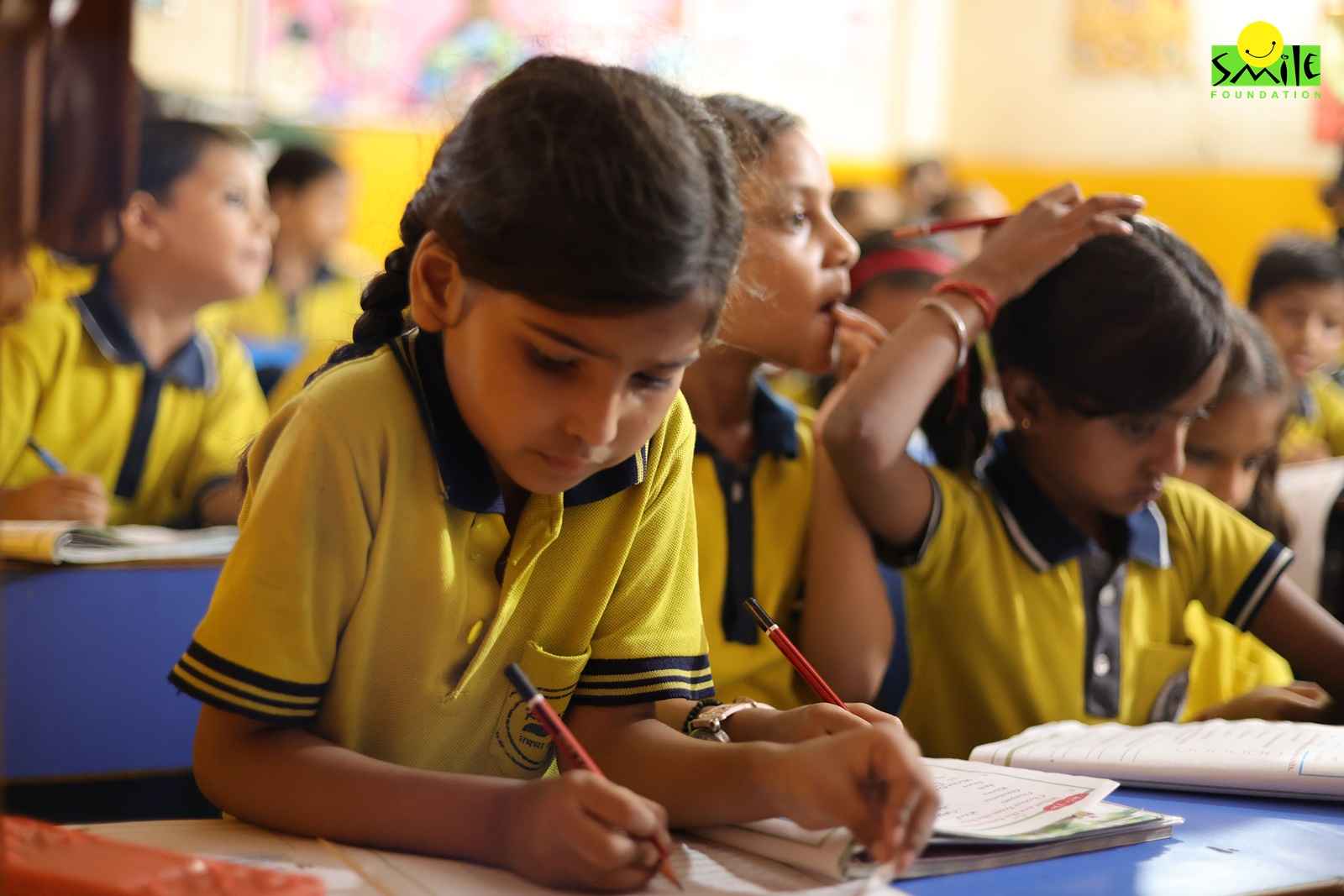There is a general perception that more men work in manual jobs that require physically demanding labour as compared to women. However, this perception is not entirely correct. Women have always played a crucial role in the manufacturing sector in India, working alongside men in jobs that are not just physically demanding but sometimes dangerous too. When we look at the construction sites, we are more likely to find a large number of women engaged in the work along with men. Not just that, these women also shoulder the responsibility of taking care of children and cooking the food at the end of the day.
Now, the trend of women participation in manual labour is also increasing with positive trend being observed in states like Tamil Nadu. With a strong focus on increasing manufacturing in the state and encouraging the large multinationals to set-up their manufacturing plans there, Tamil Nadu has also been working actively in brining educated young women in the workforce. The results are positive as nearly half of the workforce in manufacturing sector in the state is today dominated by women. While there is a flip side to it too, where educated women prefer to eventually find jobs in services sector instead of working in hard manual jobs at lower salaries, this participation in workforce is certainly allowing them economic opportunities like never before.
The unpaid labour of women
Every day, millions of women in India spend hours taking care of the household and performing endless manual work without any scheduled offs or monetary compensation. This unpaid labour of women is what sustains a large part of the economy which enables the men to go out and work in their jobs. This side of the labour market is often ignored as women’s labour at home is often not considered a contribution to the economic engine of the country. However, what would happen if these women had the choice to not perform the manual labour of taking care of families and households?
If an external help is hired to perform these tasks, what will be the anticipated monetary compensation for them? That amount is the economic contribution of women in the country. According to an estimate, if all these women were paid for their work, it would amount to almost 7.5 per cent of the GDP of India. Worldwide, women perform a total of 1640 crore hours of unpaid domestic work every year.
Therefore, it wouldn’t be wrong to say that women have always been an important part of manual labour in India, at least in the form of household work or farm work, which is often unpaid and unrecognized. However, now they are also increasingly entering the organized manual labour workforce further helping the economic engine move forward. This is good news for the country at large.
Need for intervention and support
There is no doubt in the fact that the participation of women in the overall workforce in India has been increasing over the years. While in 2017-18, the percentage share stood at 23.3%, it has increased to 37% in 2023. However, their contribution in the manufacturing sector is still low when seen on the countrywide level. Women make up only 12% of the overall manufacturing workforce in the country. This means there is a huge gap that still needs to be filled. This is especially true for some of the states like Chhattisgarh where this contribution is extremely skewed.
While in other states like Manipur, the contribution of men and women in the manufacturing sector is almost equal. These states are a good example for the country when it comes to gender representation and gender equality in the manufacturing sector. Collectively, out of all the women working in the manufacturing sector in India, close to 43% are today employed in Tamil Nadu. In fact, 72% of the total women workforce in manufacturing sector comes from four southern states of Tamil Nadu, Andhra Pradesh, Karnataka, and Kerala.
Therefore, it is important to look at the initiatives taken by these states and the other factors that led to this increased representation of women in manufacturing sector. Generally, the rest of India does need to work on providing equal opportunities to the women in terms of education and social mobility. Apart from that, women in the workforce need facilities like clean toilets, maternity support, period leaves, etc. Only by taking such progressive measures and encouraging companies to hire more and more women can the other states improve the number of women in their manufacturing workforce.
Need of women in economic growth of India
Women make up half of the population of India. The country is currently the youngest in the world, but this demographic advantage will not last forever. To make the most of this demographic advantage, India needs to ensure that majority of its working-age population is contributing to the economic growth of the country. By ignoring the women, we will lose out on a huge untapped economic potential. If women participate equally in the workforce in the country, it can further boost the economy and put India on the path of rapid growth.
Time and again, the Indian government has iterated that it wants to make India a manufacturing superpower. The country is also making huge strides in Information Technology, especially in the field of digital payments. India is also looking to challenge China’s dominance in the global manufacturing market by providing a strong alternative. All this can be achieved only by creating a healthy ecosystem where more and more women enter the manual labour workforce and work together with men in the economic growth story of India.









